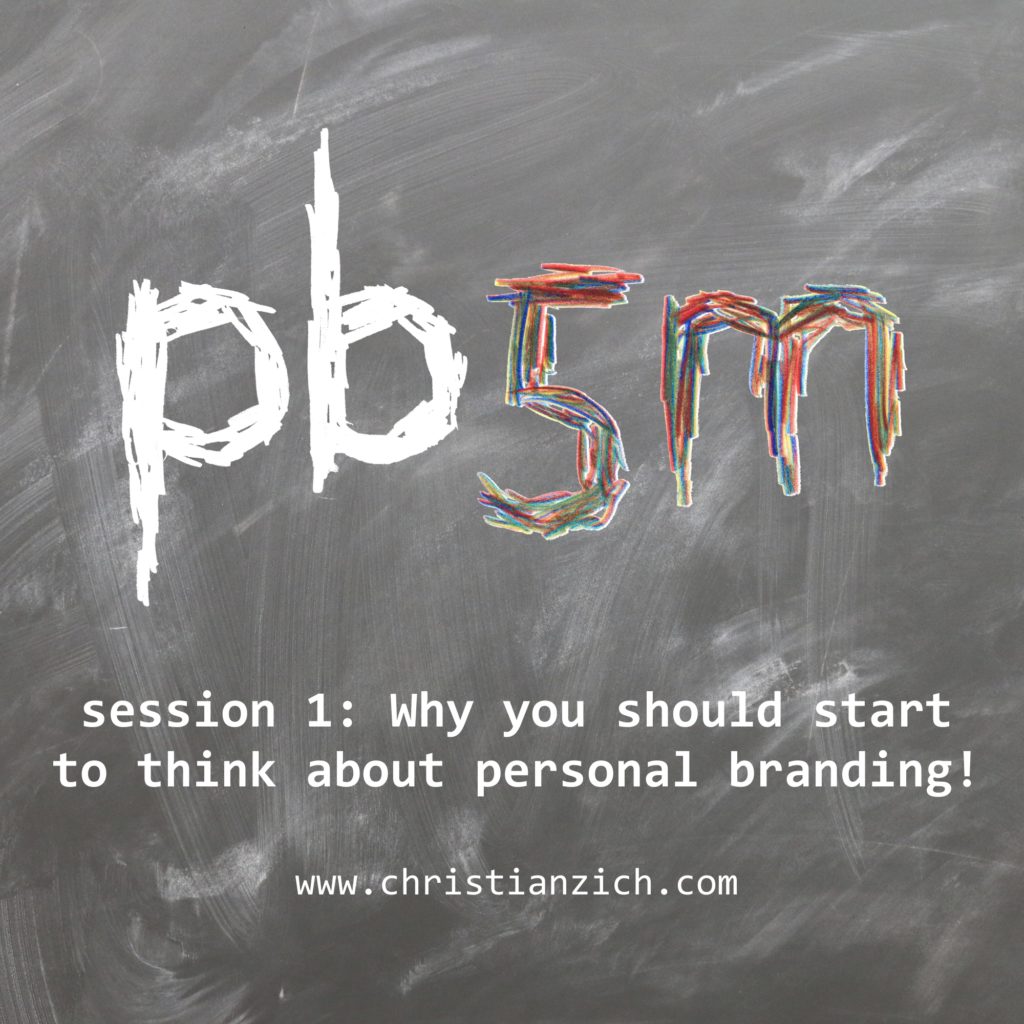The German Ministry of Health apparently has its own idea about the situation of the artists: they lie at home dreaming and lazy on the carpet, fantasizing and enjoying the lavish lockdown compensation.

Funny, all the musicians, DJs, singers, etc. I’ve talked to tell me something different. Also in the newspapers you could read reports about artists who harvested cucumbers in the summer or other people had to clean other people’s apartments so that they could buy anything to eat. Against this background, the (perhaps well-intentioned) advertisement of the Federal Ministry of Health seems like a sheer mockery.
The picture shows a musician, who is obviously in great shape and is dreamily composing the next song. But maybe he’s just lying there listening to his growling stomach, because he doesn’t earn anything at the moment and therefore can’t buy himself anything to eat. Only the employees of the Ministry of Health or the responsible advertising agency can reveal this secret.
Do artists really work? The MoH might have a different perspective…
Is that the idea of the responsible employees in the ministry: artists are not relevant to the system, do not work properly anyway and are therefore not worth protecting? In my opinion, artists are very much relevant to the system, art is an expression of civilization. Even if perhaps the expression of some art forms does not necessarily correspond to the ideas of elderly ladies and gentlemen. This is always made abundantly clear to me when I discuss my musical hobbies with colleagues. Especially the keyword “Techno” evokes reactions between pitiful devaluation and obvious horror.
But perhaps the explanation is much simpler, the responsible employees have not taken into account my often expressed advice: “it is not the question whether an advertisement can be misunderstood, but how it can be misunderstood”. If I have no idea about a subject or want to address a target group that I do not know, then I ask at least one member of this target group. But obviously the decision makers don’t have much to do with artists, otherwise such a faux pas wouldn’t have happened.
What is particularly sad about this advertisement is that many musicians would support the central statement, but please do not use it in combination with this picture. In Corona times this does not really correspond to the self-image of all artists.
I’m waiting for the next Saturday, let’s see which advertising firecracker is in the newspaper again.
Stay tuned.
More on this topic…









